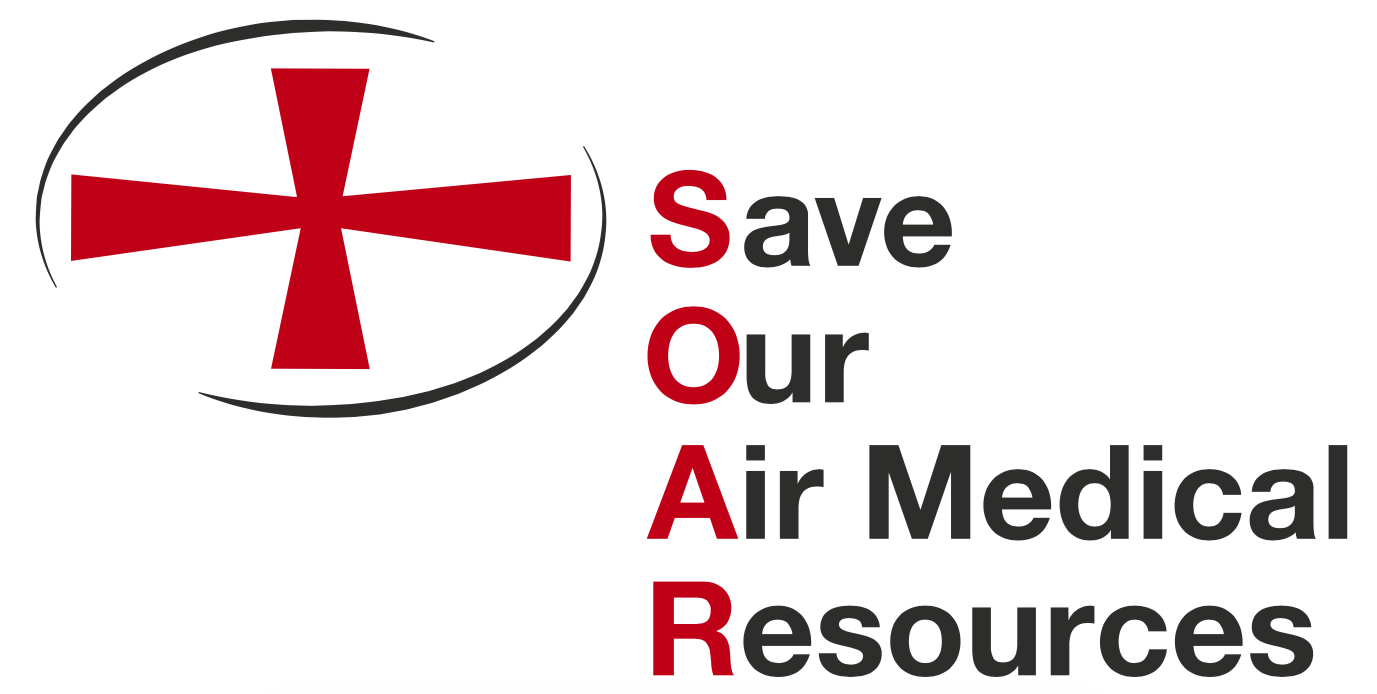RURAL AREAS BEARING THE BRUNT
It is rural communities that rely on emergency air medical services the most.
Millions of Americans are living in communities without a hospital or emergency room nearby and have to travel long distances to get care, leading to delays in receiving treatment. This is especially dangerous for people suffering a heart attack, stroke, or another life-threatening health emergency who may still need to be transported to a more specialized facility, like a cardiac or stroke clinic, that is better equipped to treat their condition.
Hospital Closures
Since 2010, more than 130 rural hospitals have closed. An additional 800 rural hospitals are at risk of closing, which is nearly 40 percent of all rural hospitals in the country.
Workforce Shortages
According to the National Rural Health Association, rural communities have less air medical staff, physicians, nurses, specialists, and other health care workers, and the small population size and scale makes a loss or shortage of a single health provider likely to have far-reaching impacts.
Health Disparities
According to the CDC, rural Americans are at greater risk of dying from five leading causes than are urban Americans: heart disease, cancer, unintentional injury (e.g.: motor vehicle crashes and opioid overdoses), chronic lower respiratory disease, and stroke. Many of these diagnoses are the top reasons for transporting patients via air medical.
Seniors Care
Census data found that 10.6 million Americans aged 65 or older live in rural America, representing a large portion of these remote communities. Seniors are generally a vulnerable population who suffer more health issues and account for almost 60% of all air medical transports. As baby boomers continue to age, it is imperative that those living in rural areas have access to air medical services in the event of a health emergency.
Racial Inequities
Racial inequities are another factor in the rural healthcare landscape. A new study found that Black or American Indian or Alaska Native residents in rural communities are more likely to live further from a hospital than white rural residents, signaling the need for air medical services to bridge this gap in hospital accessibility to keep communities safe and cared for.
The 2010 Census identified that 54 percent of the American Indian and Alaska Native population in America live in rural areas, putting these individuals at a greater risk for inadequate access to health resources. Air ambulances are especially important and necessary to provide transport to hospitals and keep these communities safe.
Maternal & Child Health
Furthermore, racial bias relating to access to childbirth care is also high in rural areas. A study found that rural counties with a higher percentage of Black residents are more likely to lack obstetric care and also more likely to lose access to this care. This leaves mothers and their babies up against greater barriers when accessing necessary obstetric services. In the event of a medical emergency, especially in the hours leading up to and after giving birth, air medical services are incredibly important for mothers and their babies.






